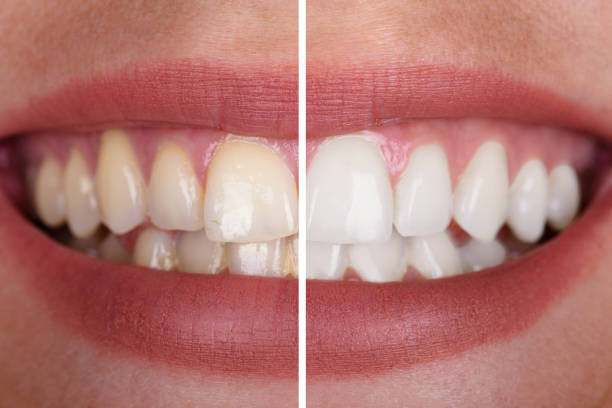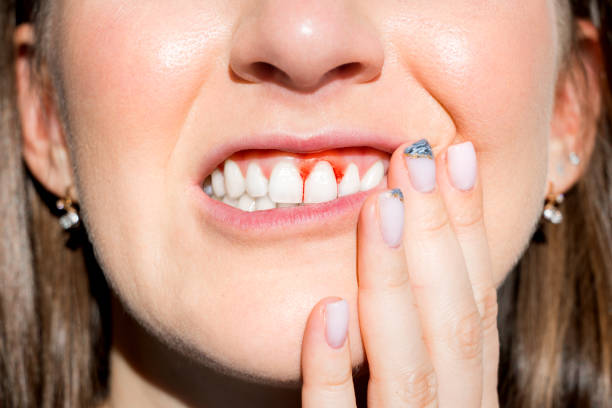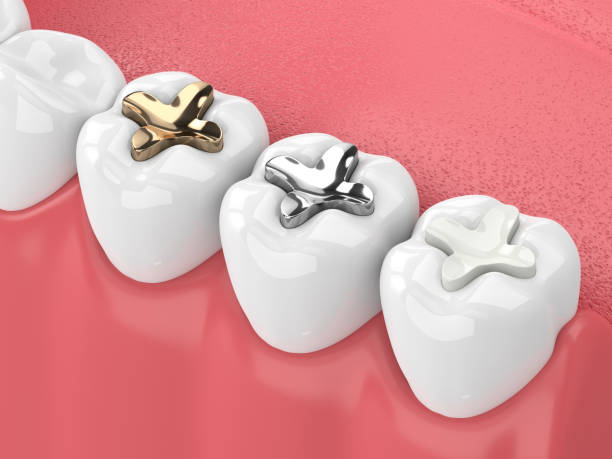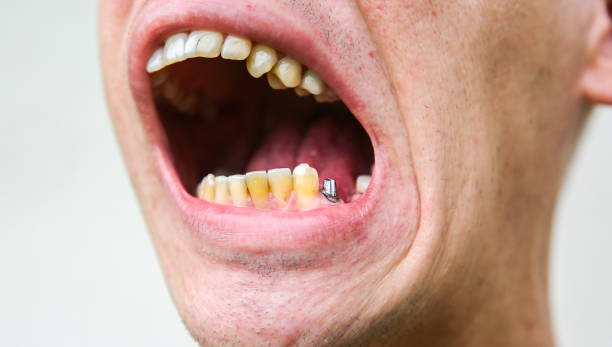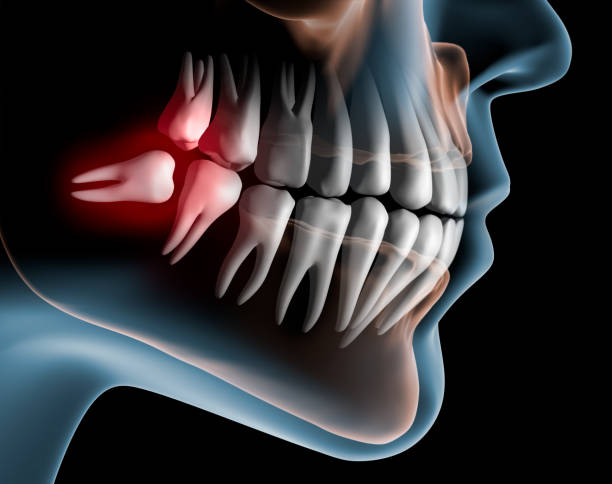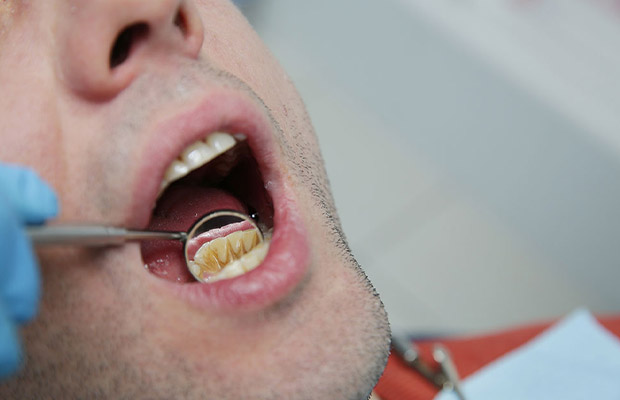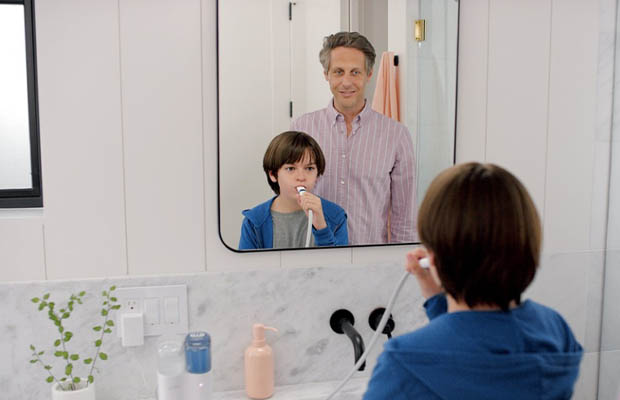As a person ages and their enamel wears, it’s normal for their teeth to gradually turn yellow. How to get rid of my yellow teeth?
Regular brushing can lessen the discoloration caused by plaque accumulation. Another smart move is to stay away from foods that might discolor your teeth.
Continue reading, we will introduce causes and home remedies to get rid of yellow teeth.
Table of Contents
What Causes Teeth To Yellow?
The white enamel on a person’s teeth deteriorates with age. The calcified tissue below begins to show through when this occurs. The color of this tissue, which is known as dentin, is yellow.
The following factors can cause teeth to turn yellow:
- Compounds that stain the surface
- Plaque buildup gives a yellow tinge
- The enamel becomes worn, and dentin comes through
As a result of being an inherent aspect of aging, the last cause is difficult to avoid. However, staining can be minimized by avoiding:
- Coffee
- Red wine
- Beetroot
- Blueberries
- Smoking
- Chewing tobacco
Plaque accumulation can be minimized by:
- Avoiding sugary or high-carb foods
- Brushing regularly
- Using mouthwash
How To Get Rid Of Yellow Teeth?
Here are seven all-natural ways to whiten your teeth.
It might be best to pick a few treatments and alternate them throughout the week. Anecdotal evidence has shown that some of the suggestions below are effective despite the lack of research to back them up.
Try different things until you find a solution that suits you.
1. Brushing Your Teeth
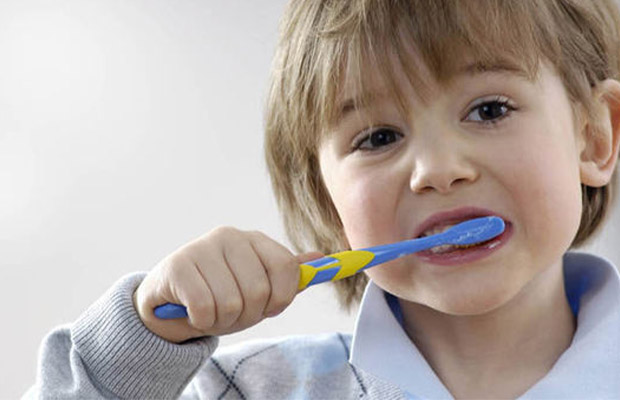
Your first course of action should be to brush your teeth more frequently and correctly. After consuming foods and beverages that can cause your teeth to turn yellow, it’s especially important to brush your teeth.
But be cautious when brushing right away after consuming acidic foods or beverages. The acids can remove more enamel and cause erosion if you brush right away.
For two minutes at a time, brush your teeth at least twice per day. Make certain to enter every nook and cranny. To make sure you’re protecting your gums, gently brush your teeth in a circular motion. Your teeth should be cleaned on the inside, outside, and chewing surfaces.
A 2018 study found that using whitening toothpaste while brushing can also brighten your smile. These whitening toothpaste have mild abrasives that scrub the teeth to get rid of surface stains, but they are safe enough to use.
Surface stains might also be easier to remove with an electric toothbrush.
2. Baking Soda
Baking soda is among the best and easiest natural teeth-whitening remedies available. It is also known as sodium bicarbonate, and it increases the whitening power of toothpaste and reduces staining. Equal parts of baking soda and alum powder should be combined. Use this combination to gently brush your teeth. When brushing your teeth twice a week, repeat this process after rinsing it off. Toothpaste containing baking soda is another option.
3. Coconut Oil Pulling
Coconut oil pulling allegedly helps whiten teeth by removing plaque and bacteria from the mouth. Always look for a high-quality, organic oil that is free of harmful ingredients, which you can buy online.
For 10 to 30 minutes, swish 1 to 2 teaspoons of liquid coconut oil around in your mouth. Keep the oil from touching your throat’s back. Because the oil contains bacteria and toxins from your mouth, don’t swallow it.
As it might clog drains, spit it into the toilet or a wastepaper basket. A full glass of water should be consumed after you rinse your mouth with it. After that, brush your teeth.
There are no specific studies that support the claim that oil pulling whitens teeth.
A 2015 study, however, discovered that oil pulling with sesame and sunflower oil reduced gingivitis brought on by plaque. Plaque accumulation can cause teeth to turn yellow, so oil pulling may help to whiten teeth.
Additional research is required to fully understand the effects of coconut oil pulling.
4. Apple Cider Vinegar
Very small amounts of apple cider vinegar can be used to whiten teeth.
2 teaspoons of apple cider vinegar and 6 ounces of water can be combined to create mouthwash. For 30 seconds, swish the mixture. Afterward, give your mouth a thorough brushing with water.
Acquire some apple cider vinegar.
Research published in 2014Trusted Source found that apple vinegar has a bleaching effect on cow teeth.
It should be noted that it might harm teeth’s surface structure and hardness. Therefore, exercise caution when using it and limit your use to brief periods. Expanding on these results will require more research on humans.
5. Lemon, Orange, Or Banana Peels
Some claim that applying the peels of lemons, oranges, or bananas to your teeth will make them whiter. Some citrus fruit peels contain the chemical d-limonene, which is thought to help whiten teeth, as well as citric acid.
Give your teeth a two-minute gentle scrub with fruit peels. Prior to brushing your teeth, make sure to thoroughly rinse your mouth.
The use of fruit peels to whiten teeth has not been supported by sufficient scientific research.
A 2010 study looked at the effect of a toothpaste containing 5 percent d-limonene in removing teeth stains resulting from smoking and tea.
People who used toothpaste with d-limonene and a whitening formula twice daily for four weeks saw a significant reduction in smoking stains, but neither long-term smoking stains nor tea stains were removed.
If d-limonene works on its own, more research is required to confirm this. Using citric acid or strawberries for at-home whitening was not successful, according to a 2015 study.
The effectiveness of citric acid extracts from four different kinds of orange peel as a teeth whitener was investigated in a 2017 study. They were found to have different tooth-whitening properties, with tangerine peel extract producing the best outcomes.
Because fruit is acidic, exercise caution when using this tactic. Your enamel may be worn down by the acid. Stop using this method immediately if you notice that your teeth are becoming more sensitive.
6. Holy Basil
Basil leaves are an all-natural way to whiten teeth. Basil leaves that have been dried and pureed combined with mustard oil are then used to brush teeth. Published in the Journal of Clinical and Experimental Dentistry in 2014, a study found that holy basil mouthwash has an antiplaque effect and is effective against bacterial strains that cause plaque. It might be advantageous as an antiplaque mouthwash for prevention.
7. Activated Charcoal
To get rid of stains on your teeth, use activated charcoal. Because of its high absorption capacity, charcoal is thought to be able to remove pigments and stains from your teeth. Furthermore, toxins and bacteria in the mouth are supposedly eliminated by it.
There are toothpaste available that include activated charcoal and make the teeth-whitening claim.
To apply the charcoal to your toothbrush, crack open an activated charcoal capsule. Brushing your teeth takes two minutes when done gently and in small circles. Given how abrasive it can be, pay extra attention to the area around your gums. Don’t brush too hard, and then spit it out.
You can dab charcoal on your teeth to lessen their abrasiveness if your teeth are sensitive or if you want to. Turn it on and wait two minutes.
Additionally, you can create a mouthwash by combining activated charcoal and a small amount of water. For two minutes, swish this mixture, and then spit it out. Use water to thoroughly rinse your mouth after using activated charcoal.
To further investigate activated charcoal’s ability to whiten teeth, more research on the subject is needed. A 2019 study discovered that charcoal toothpaste can whiten teeth within 4 weeks of use, but it wasn’t as effective as other whitening toothpaste.
According to research, activated charcoal can wear down the structure of teeth and tooth-colored restorations by being abrasive to them. Your teeth may appear more yellow as a result of this abrasiveness.
Too much enamel loss exposes more of the discolored dentin underneath. Due to the lack of data supporting the efficacy and safety of charcoal and dentifrices containing charcoal, use caution.
8. Eating Fruits And Vegetables With A Higher Water Content
It is said that eating raw, high-water-content fruits and vegetables can keep your teeth strong. It is believed that the water content will rid your teeth and gums of the bacteria and plaque that cause yellow teeth.
After a meal, chewing on crunchy fruits and vegetables may increase salivation. This can help wash away any harmful acids and remove food particles that have become stuck in your teeth.
There is little scientific evidence to back up the benefits of a diet rich in fruits and vegetables for your teeth and general health, despite the fact that this is a universal truth. But it won’t hurt to eat these nutritious foods all day long.
A 2019 review discovered that a vitamin C deficiency can worsen periodontitis.
The study links high plasma vitamin C levels to healthy teeth even though it didn’t examine the whitening effect of vitamin C on teeth. High levels of vitamin C may help reduce the amount of plaque that stains teeth yellow, according to research.
A 2012 study found that a toothpaste containing papain and bromelain extract showed significant stain removal. One of the enzymes in papaya is called papain. In pineapple, you can find the enzyme bromelain.
It is necessary to conduct more research to build on these findings.
Read More: How To Get Rid Of White Spots On Teeth?
Take Away
Trying the above-discussed home remedies may help to lighten the appearance of teeth. Diet and good oral hygiene practices are the best ways to maintain healthy teeth.
Be cautious, though, as doing so could harm your gums or enamel, causing sensitivity and cavities. The best way to whiten your teeth is to avoid stains before they occur, maintain good oral hygiene, and undergo routine dental exams.
If you’ve tried these approaches without success, your dentist might be able to advise you as to whether a different approach to treatment might be a better choice.

